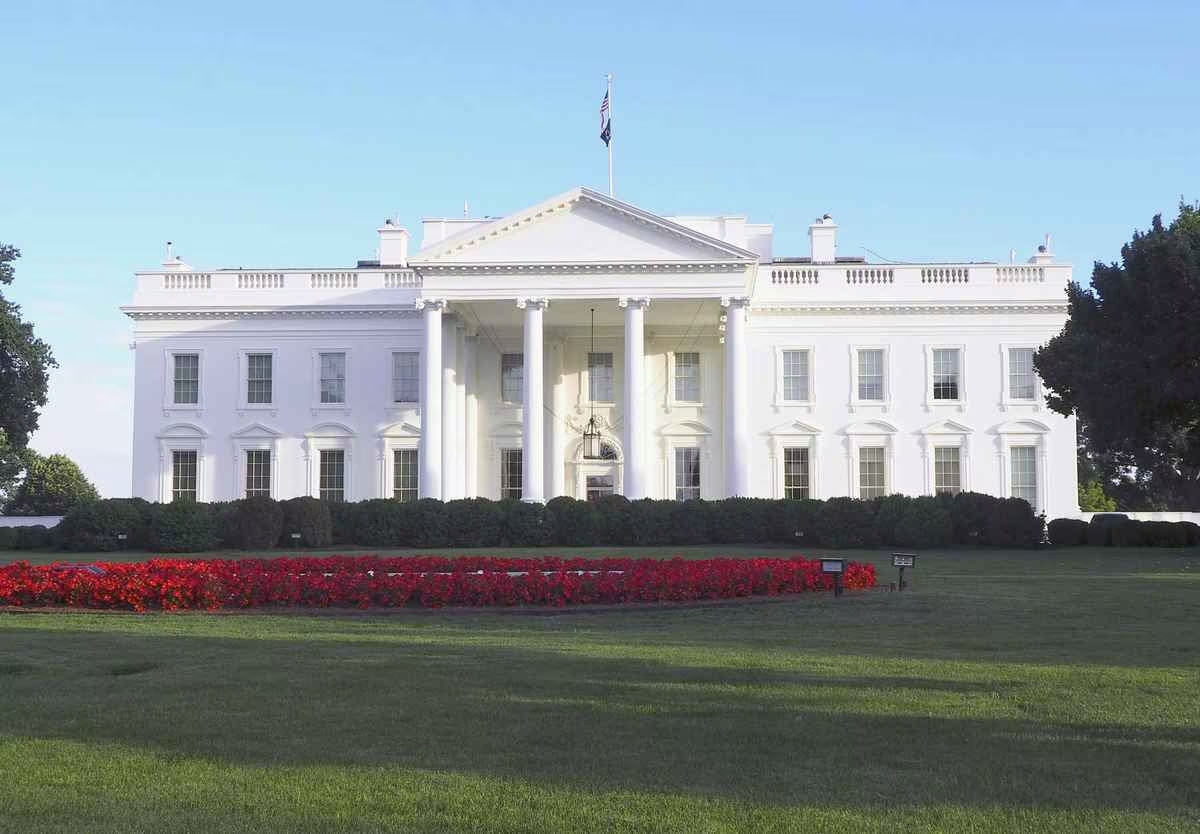“We are most concerned about Russia, the PRC, Iran, and North Korea.
In addition, a growing number of commercial firms are flooding the market with high-quality cyber intrusion tools, expanding the pool of FIE actors that can threaten our networks and people.
We must build and better leverage partnerships, capabilities, and authorities across the federal, state, and local levels to implement innovative solutions that impose greater cost and risk to FIE cyber activities,” i
New US Counterintelligence Strategy Takes the Fight to Foreign Spies
With its new counterintelligence strategy, Washington aims to proactively disrupt foreign espionage and disinformation efforts before they can be implemented.
NCSC debuts updated National Counterintelligence Strategy to bolster US security against evolving threats
August 05, 2024

The National Counterintelligence and Security Center (NCSC) released last week the updated National Counterintelligence Strategy.
The document revises the counterintelligence priorities to address both current and expected threats.
It also communicates these priorities to a wide audience, including the counterintelligence community, federal, state, and local partners, Congress, industry, academia, foreign allies, and the general public.
It also outlines a framework for planning, resourcing, and evaluation, aligning CI community efforts with U.S. National Security and other strategies to advance key CI mission areas.
The strategy provides a framework for strategic planning, resourcing, and evaluation. It also aligns CI community efforts with the U.S. National Security Strategy and other national strategies to drive progress in key CI mission areas.
The strategy provides a framework for strategic planning, resourcing, and evaluation. It also aligns CI community efforts with the U.S. National Security Strategy and other national strategies to drive progress in key CI mission areas.
Three key pillars that govern the strategy include
- outmaneuvering and constraining FIEs (foreign intelligence entities);
- protecting U.S. strategic advantages; and
- investing in the future.
Pillar Two aims to protect individuals against foreign intelligence targeting and collection; protect democracy from foreign malign influence; protect critical technology and U.S. economic security; protect the nation’s critical infrastructure and reduce risks to key U.S. supply chains.
Pillar Three focuses on investing in the future and building counterintelligence capabilities, partnerships, and resilience.
“Today’s strategy is designed to drive integration, action, and resources across the counterintelligence (CI) community to outmaneuver and constrain foreign intelligence entities (FIEs), protect America’s strategic advantages, and invest in the future to meet tomorrow’s threats,” Michael Casey, NCSC director said in a statement.
“Today’s strategy is designed to drive integration, action, and resources across the counterintelligence (CI) community to outmaneuver and constrain foreign intelligence entities (FIEs), protect America’s strategic advantages, and invest in the future to meet tomorrow’s threats,” Michael Casey, NCSC director said in a statement.
“Developed with our partners across the U.S. government, the strategy provides a comprehensive vision and direction for the CI community to address increasingly complex foreign intelligence threats.”
Signed by President Joe Biden, the National Counterintelligence Strategy has been developed in cooperation with partners across the U.S. government and intelligence community.
Signed by President Joe Biden, the National Counterintelligence Strategy has been developed in cooperation with partners across the U.S. government and intelligence community.
- It lays the foundation for a strategic counterintelligence program to prioritize and integrate counterintelligence activities to disrupt or compromise the ability of foreign intelligence entities to harm the national security interests of the U.S., either domestically or abroad.
“Adversaries are using cutting-edge technology—such as advanced cyber tools, biometric devices, unmanned systems, high-resolution imagery, enhanced technical surveillance equipment, commercial spyware, and Artificial Intelligence (AI)—to further their espionage, counterespionage, and influence missions,” the document outlined.
“Such technology is easy to use, less expensive, and more available commercially, bringing it within reach of even relatively unsophisticated FIEs. The exponential pace of technological change complicates efforts to develop and maintain adequate defenses. Insider threats are also a vulnerability.”
When it comes to combat foreign intelligence cyber activities, the National Counterintelligence Strategy document identified building partnerships and leveraging CI and other appropriate authorities and capabilities to conduct proactive, integrated operations to identify, disrupt, degrade, neutralize, and manipulate FIE ability and willingness to use the cyber domain to threaten U.S. interests.
Cyber threats from nation-states and their surrogates remain acute.
- In some cases, insiders use their authorized access, wittingly or unwittingly, to harm the security of the U.S.
- In other cases, FIEs actively target, solicit, and coerce individuals to obtain information, compromise critical infrastructure, or steal the nation’s secrets.
When it comes to combat foreign intelligence cyber activities, the National Counterintelligence Strategy document identified building partnerships and leveraging CI and other appropriate authorities and capabilities to conduct proactive, integrated operations to identify, disrupt, degrade, neutralize, and manipulate FIE ability and willingness to use the cyber domain to threaten U.S. interests.
Cyber threats from nation-states and their surrogates remain acute.
- FIEs use the cyber domain to undertake their full range of activities, from collection of sensitive information to disruption and destruction of networks to malign foreign influence and monitoring of dissidents.
- They use technical—and often commercially available—tools to compromise computer networks and mobile and connected devices.
Although an increasing number of countries and non-state actors have these capabilities, the National Counterintelligence Strategy said
“We are most concerned about Russia, the PRC, Iran, and North Korea.
In addition, a growing number of commercial firms are flooding the market with high-quality cyber intrusion tools, expanding the pool of FIE actors that can threaten our networks and people.
We must build and better leverage partnerships, capabilities, and authorities across the federal, state, and local levels to implement innovative solutions that impose greater cost and risk to FIE cyber activities,” it added.
Looking ahead, the document assessed intelligence landscape will remain dynamic and dangerous.
- To accomplish this goal, the U.S. government will foster strong partnerships across federal, state, and local government, the private sector, academia, and with foreign partners to share information, increase transparency, and build trust to gain insight into FIE cyber activities and identify opportunities for CI solutions.
- It will also engage federal partners and improve collaboration and coordination across disciplines to increase understanding of CI authorities and capabilities, develop tools and infrastructure that are shareable and interoperable to the extent practicable, and work with partners and allies to conduct integrated, scalable, prioritized, proactive CI activities to counter FIE cyber operations, introduce uncertainty, and increase costs to FIEs.
Looking ahead, the document assessed intelligence landscape will remain dynamic and dangerous.
“Our current adversaries will grow more proficient and new threat actors will enter the scene, bolstered by technological advances and enhanced collaboration. Global interconnectedness will continue to leave our networks and strategic supply chains vulnerable to FIEs. The U.S. CI community must work together to prioritize and integrate their efforts to counter FIE activities and disrupt and degrade their ability to harm the national security interests of the United States.”
Last week, the ODNI (Office of the Director of National Intelligence) and NCSC identified that
Last week, the ODNI (Office of the Director of National Intelligence) and NCSC identified that
- Cyber supply chain challenges are intensifying with profound implications for U.S. national security and economic resilience.
- It also recognized that collaboration with corporate security stakeholders and disciplines is essential to counter these challenges and reduce foreign adversarial exposure and to the business operations of vital supply chains.
RELATED







No comments:
Post a Comment